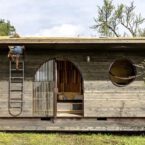
The bustling streets of Paris, renowned for their architectural beauty and cultural vibrancy, are undergoing a transformative shift as cyclists now outnumber car drivers. In a city where life intertwines with the mundane tasks of commuting and errands, a recent report by L’Institut Paris Région heralds a significant milestone towards a more eco-friendly urban lifestyle. Released in April 2024, the study reveals a pronounced shift in transportation dynamics, with cyclists taking the lead on Parisian streets, relegating emission-producing cars to the sidelines. The research, eagerly awaited by academics, corporations, and government entities alike, underscores a collective effort towards sustainable urban mobility, resonating with the ethos of modernity and progress embodied by the City of Light.

Within the broader metropolitan expanse of Île-de-France, where daily life pulsates with 34.5 million trips, the study’s findings illuminate patterns of movement shaped by diverse factors. While cars retain their significance for suburban commuters navigating greater distances, Parisians have embraced cycling as a primary mode of transportation, constituting 30% of bicycle trips within the region. This paradigm shift reflects a concerted effort by city authorities, exemplified by Mayor Anne Hidalgo’s initiatives to prioritize bike lanes, reduce parking, and pedestrianize select thoroughfares. Beyond the environmental dividends of reduced emissions and improved air quality, the rise of cycling resonates with a broader cultural shift towards healthier, more active lifestyles, prompting cities across Europe to explore innovative strategies to foster cycling infrastructure and promote sustainable urban logistics.

The Aptera solar-powered car, long a dream on the horizon of sustainable transportation enthusiasts, has taken a substantial leap towards reality with the recent arrival of its first production-grade body at the company’s headquarters in San Diego. With 34 square feet of solar paneling powering the vehicle as it drives or while parked, Aptera promises a revolutionary step towards eco-conscious commuting. Yet, the transition from concept to production-grade vehicle demands meticulous attention to detail, as the company fine-tunes cable routing, connectors, and component placement in preparation for the initial production runs. While finalizing essential elements such as suspension, safety features, and drivetrain for mass production remains pending, Aptera’s commitment to delivering 10,000 vehicles annually underscores its ambitious vision for a solar-powered future.
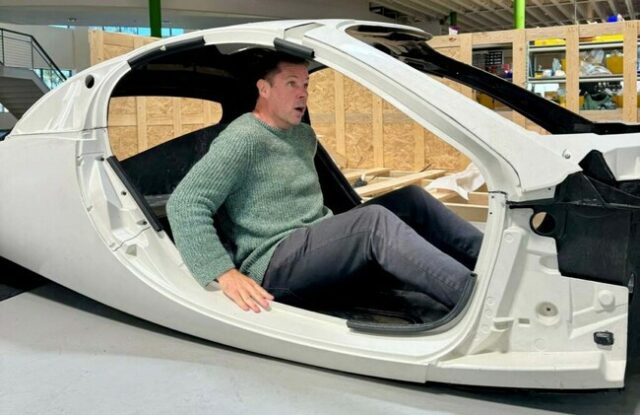
Aptera’s design philosophy revolves around obsessive attention to aerodynamics, aiming to minimize drag and maximize energy efficiency. By streamlining the vehicle’s shape and structure, Aptera achieves remarkable fuel economy gains, challenging conventional notions of automotive design. Co-CEO Chris Anthony emphasizes the significance of aerodynamics in energy utilization, highlighting the potential for substantial improvements in fuel economy with minimal drag. With only four main structural parts, the Aptera stands as a testament to simplicity in manufacturing, offering not just environmental benefits but also practical advantages in assembly and maintenance. As the company pushes towards mass production, the integration of solar panels promises up to 40 miles of range per sunny day, complemented by traditional EV charging options, setting a new standard for sustainable mobility.

In the heart of Hamilton, a novel initiative is quietly revolutionizing the approach to housing insecurity. IMBY, or “In My Backyard,” spearheads a grassroots effort to combat homelessness, one tiny home at a time. Nestled in the city’s north end, their inaugural project is a testament to their commitment, offering a beacon of hope amidst the housing crisis gripping the region. A compact yet functional 430-square-foot dwelling, replete with all the essentials for comfortable living, emerges behind an existing home on John Street North. While modest in scale, this tiny house represents a giant leap forward in addressing the pressing need for affordable housing options.

With meticulous attention to detail and unwavering dedication, IMBY’s co-founders, Alicia Wilson, and Siobhan Koch, have navigated the bureaucratic maze to bring their vision to life. Their initiative is about constructing physical structures and fostering a community-driven solution to a complex societal challenge. As the finishing touches are put in place, anticipation mounts for the imminent occupancy of their inaugural resident, marking a significant milestone in their journey. Buoyed by the success of its pilot project, IMBY sets its sights on expanding its footprint across the city, guided by the principle of housing as a fundamental human right. Through innovative partnerships and a steadfast commitment to affordability, they strive to ensure that no one is left behind in the pursuit of safe and dignified shelter.
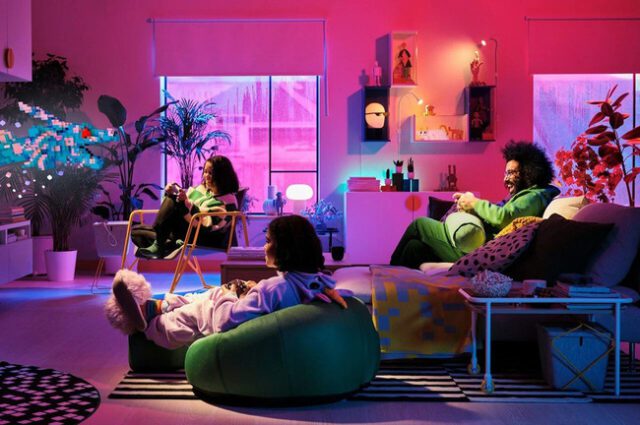
IKEA’s unveiling of the BRÄNNBOLL collection marks a significant departure from the stereotypical dark and immersive gaming setups that have long dominated gamer living spaces. With a keen understanding of the evolving needs of gamers and their households, IKEA aims to create a harmonious blend of functionality, style, and comfort. By infusing the collection with a palette inspired by athleisure and street sports, IKEA ensures that these gaming-focused pieces seamlessly integrate into modern interiors, whether or not gaming is the primary activity. Philip Dilé, an IKEA product design developer, emphasizes the collection’s versatility, envisioning spaces that effortlessly transition between gaming and everyday living.
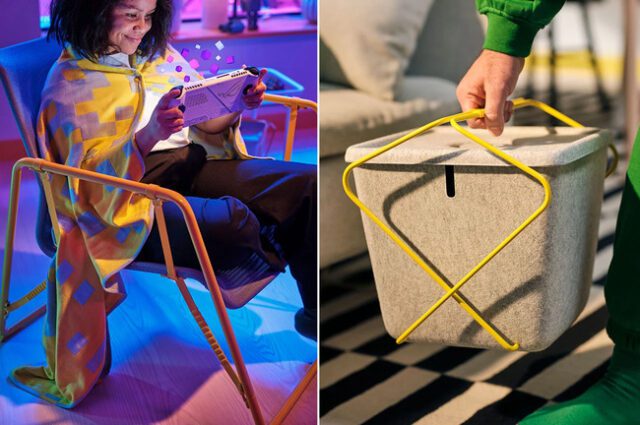
Central to the BRÄNNBOLL collection’s appeal is its focus on ergonomic seating solutions tailored to various gaming preferences. From fold-out armchairs for intense gaming sessions to rocking-style chairs for leisurely play, each piece prioritizes comfort without compromising on style. However, perhaps the most ingenious addition is the gaming station disguised as a contemporary cupboard, offering a discreet yet functional storage solution for gaming enthusiasts. With features like foldable tabletops, integrated cable management systems, and ample storage space, this multifunctional unit epitomizes IKEA’s commitment to enhancing the gaming experience. Scheduled for release in September, the BRÄNNBOLL collection promises to revolutionize gaming furniture, offering a refreshing alternative to conventional setups while catering to the diverse needs of gamers and their households.

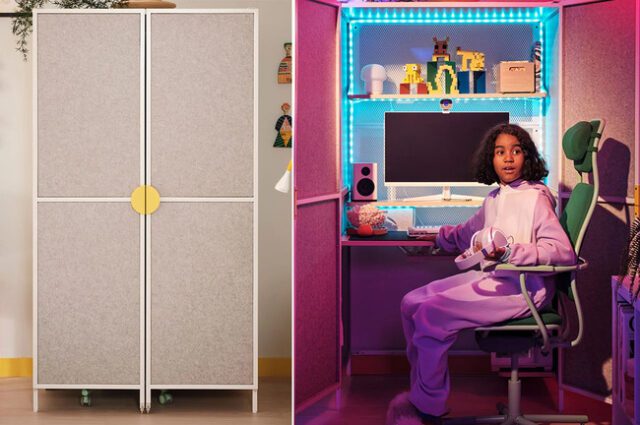
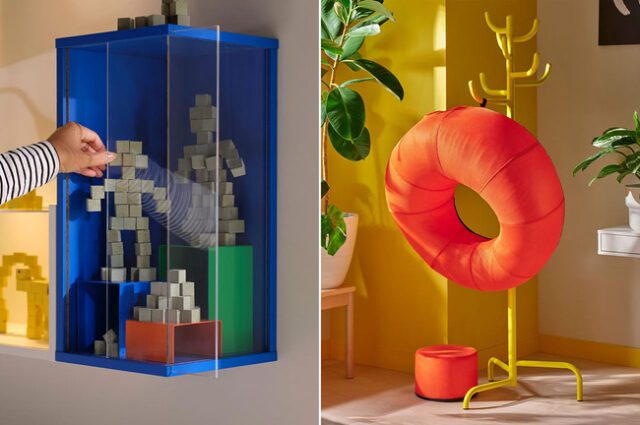
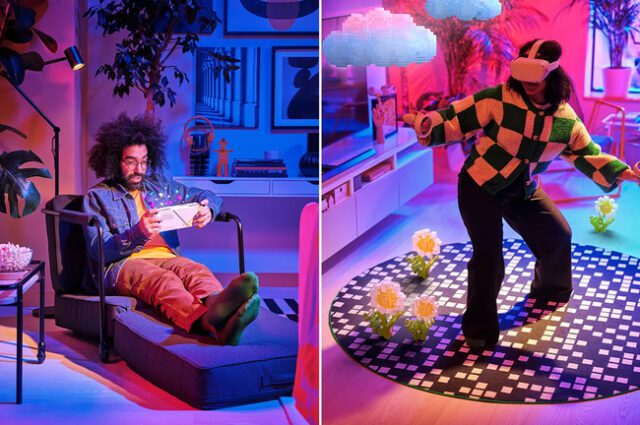
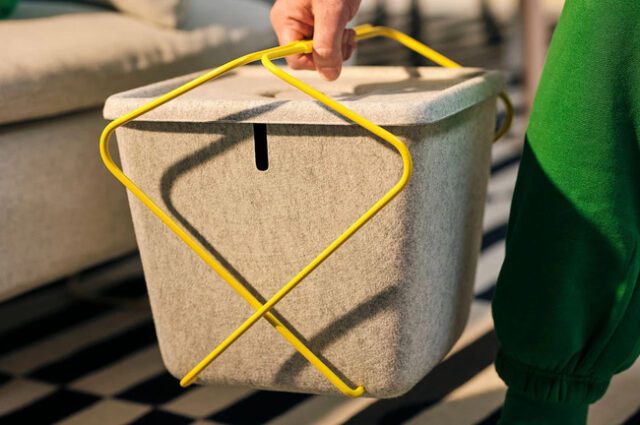
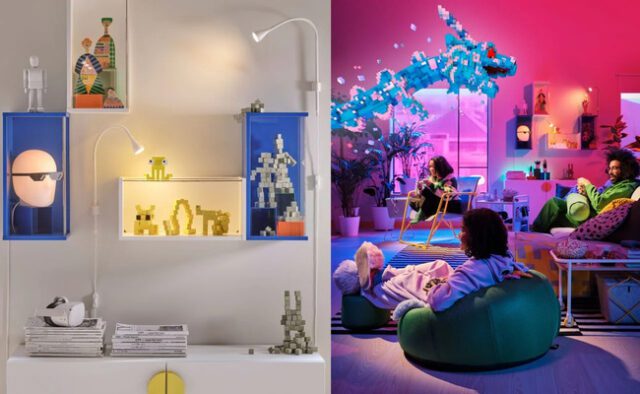
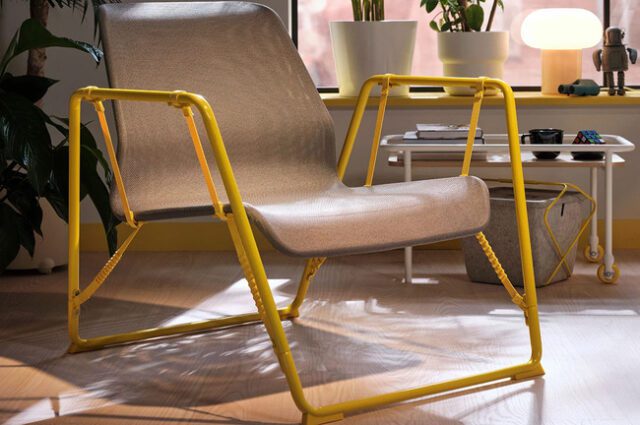


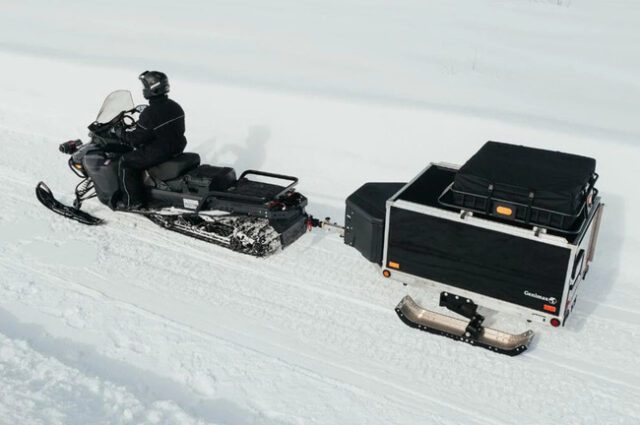
The Genimax HR Off-Road Trailer embodies the spirit of adventure, offering a versatile solution for year-round camping escapades. Its compact yet robust design, crafted from a combination of aluminum and durable composite materials, ensures a lightweight build at just 375 lbs (170 kg). This makes it an ideal companion for off-grid journeys, effortlessly maneuvering through rugged terrain with its high-performance independent suspension system. What truly sets the Genimax HR apart is its adaptability, seamlessly transitioning from summer trails to winter wonderlands with the simple addition of skis, allowing it to be towed behind a snowmobile for snowy adventures.

Developed by Genimax Trailers, renowned for their innovative camper solutions since 2017, the HR is more than just a camper; it’s a ready-made adventure hub for families seeking the thrill of the outdoors. Its thoughtfully designed interior boasts two sliding, lockable drawers, providing ample storage and functionality on the go. One of these drawers doubles as a kitchen, complete with a stainless-steel countertop, a folding sink with a 10L water tank, and a faucet for added convenience. Sleeping accommodations are equally impressive, comfortably hosting two adults with an option for a child in the roof tent. Furthermore, the Genimax HR offers a range of optional accessories to enhance the camping experience, from a rooftop solar panel for sustainable energy to a retractable awning for shelter from the elements. With a starting price of CAD 8,495 (approximately $6,200), the Genimax HR combines affordability with versatility, inviting adventurers to explore the great outdoors in style and comfort.
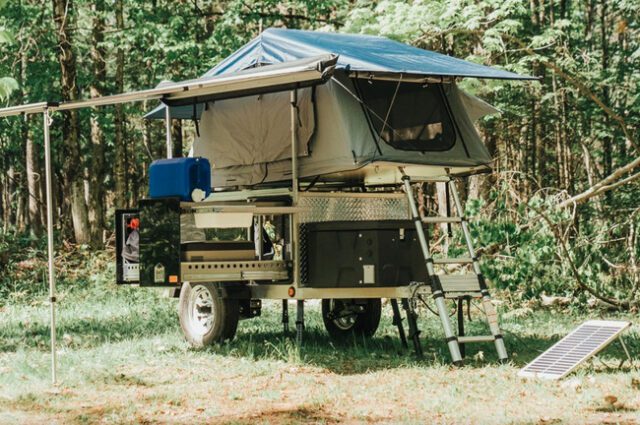
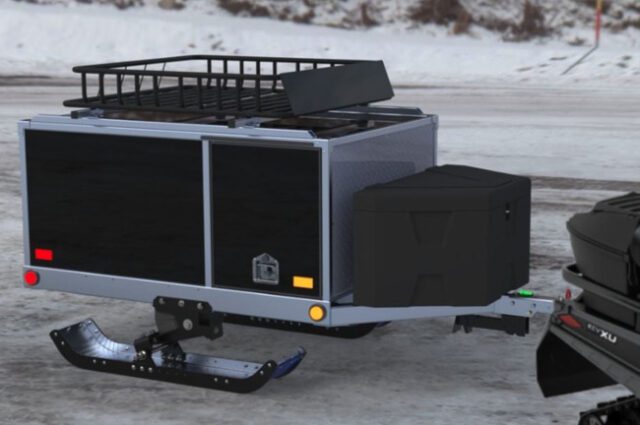

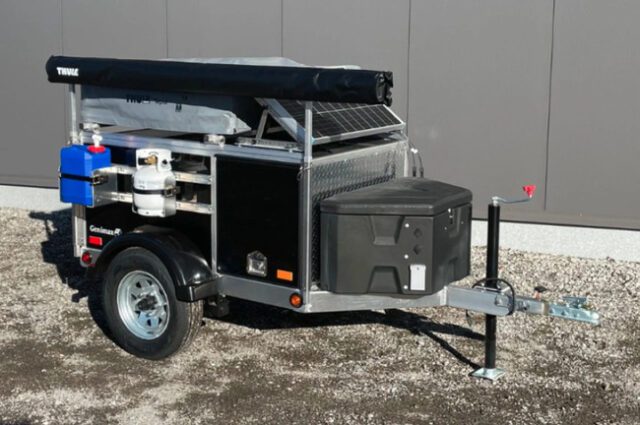

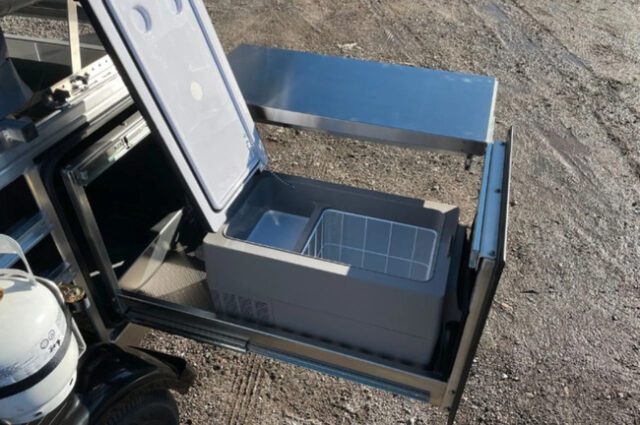

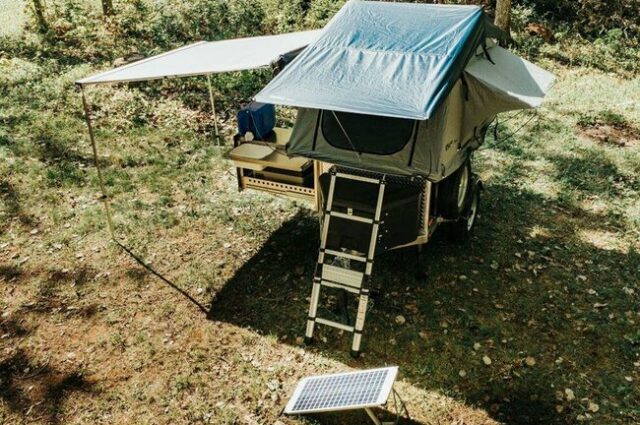



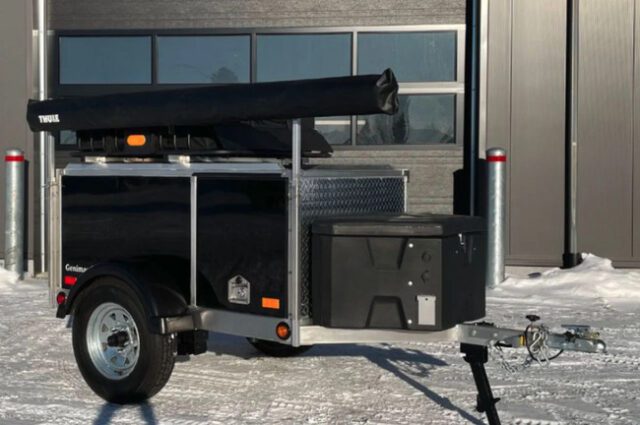


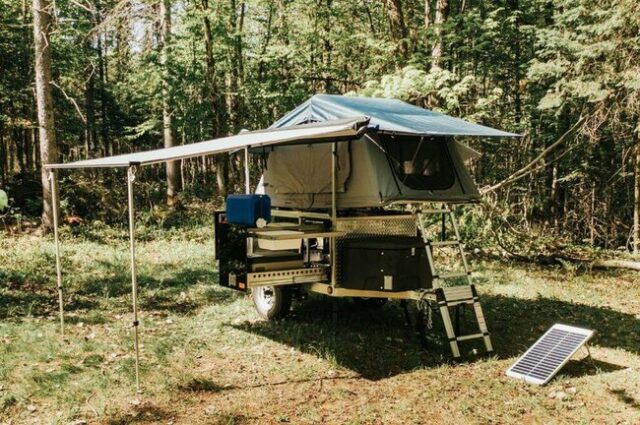

In a remarkable scientific milestone, researchers have achieved what could be termed a conversation with a humpback whale, ushering in a new era of interspecies communication and understanding. This groundbreaking encounter took place off the coast of Southeast Alaska with an adult female humpback known as Twain, amidst a group of her fellow whales. Utilizing recordings of humpback whale vocalizations, the team initiated a dialogue with Twain, marking a significant leap forward in bridging the gap between humans and these majestic marine mammals.

The interaction unfolded over two days, with Twain exhibiting a range of behaviors in response to the playback of recorded whale calls. From echoing the calls to circling the research vessel, her engagement encompassed phases of both curiosity and agitation. Through meticulous analysis of the acoustic signals and behavioral responses, scientists gleaned insights into the emotional dynamics at play during this unprecedented exchange. This pioneering endeavor not only sheds light on the intricate communication patterns of humpback whales but also underscores the potential for meaningful connections between disparate species in the natural world, setting a precedent for future endeavors in interspecies communication research.
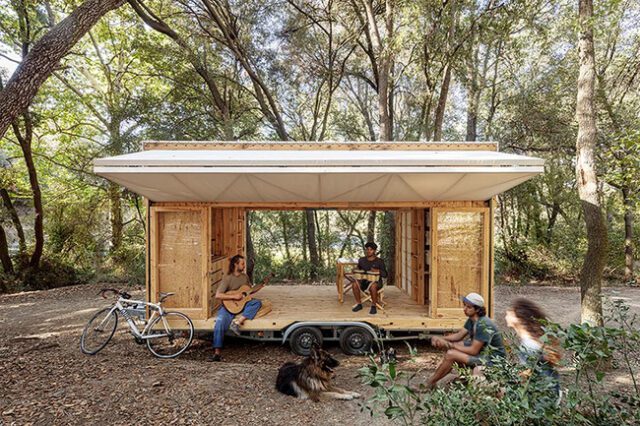
MO.CA (Mobile Catalyst), born from the innovative minds at the Institute for Advanced Architecture of Catalonia (IAAC), represents a pioneering leap in sustainable mobile living. Crafted from dowel-laminated timber harvested sustainably at Valldaura Labs in the scenic confines of Collserola Natural Park, Barcelona, MO.CA embodies the ethos of ecological design and digital construction techniques. Rooted in the interdisciplinary pursuits of the Master’s program in Advanced Ecological Buildings & Biocities (MAEBB), this self-sufficient abode heralds a new era of mobile habitats, seamlessly blending mobility, sustainability, and resilience.
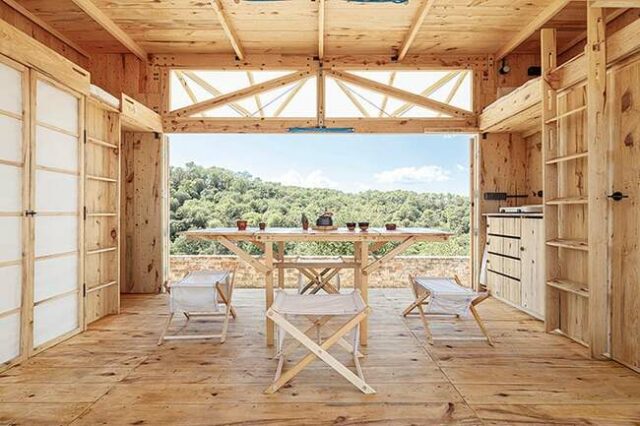
At the heart of MO.CA lies a profound exploration into the fusion of mobility and sustainability, drawing inspiration from historical traditions of self-sufficiency and contemporary imperatives for adaptable living spaces. In response to the pressing challenges of climate change and the evolving landscape of remote work opportunities, MO.CA emerges as a beacon of innovation, offering not just shelter but a platform for collaboration, knowledge exchange, and community engagement. From its compact yet functional design optimized for restricted footprints to its seamless integration of essential utilities and communal spaces, MO.CA embodies a vision of holistic living that champions environmental stewardship and human well-being.
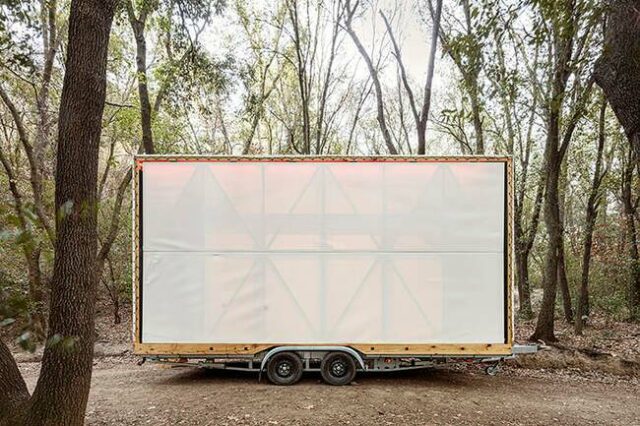
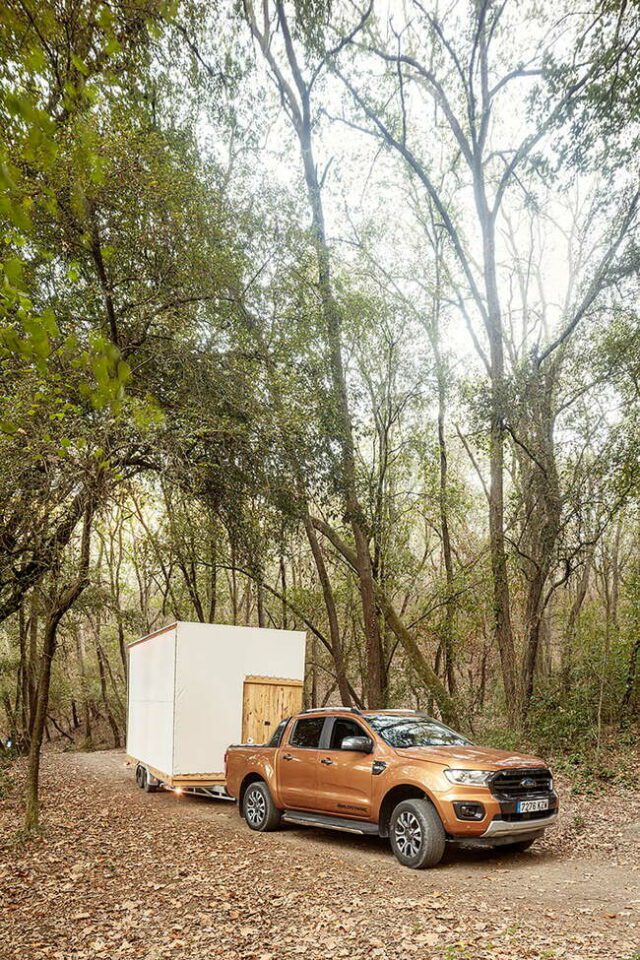


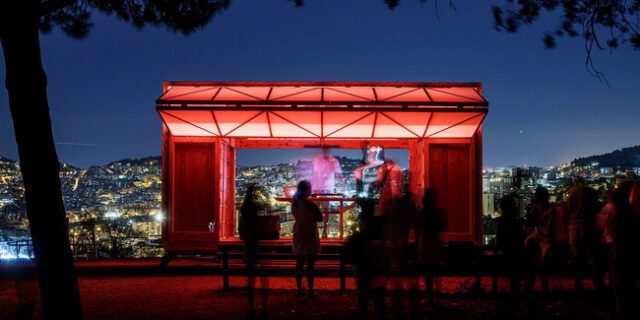
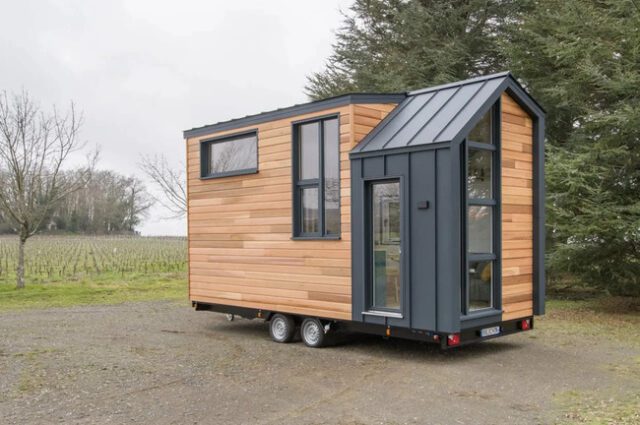
Baluchon’s latest modern tiny trailer home, the Sherpa, showcases a quaint and ingenious space-saving layout that appeals to those seeking both style and functionality in compact living. Inspired by the Scandinavian design ethos, the Sherpa emerges as a testament to Baluchon’s commitment to crafting homes that harmonize aesthetics with practicality. Built on a double-axle trailer with a length of 20 feet, this cozy abode stands out in France’s tiny home landscape, where strict towing laws necessitate compact dimensions. The exterior exudes modern charm with its striking red cedar siding, aluminum accents, and unconventional window placements, setting it apart from traditional cottage-style tiny homes.
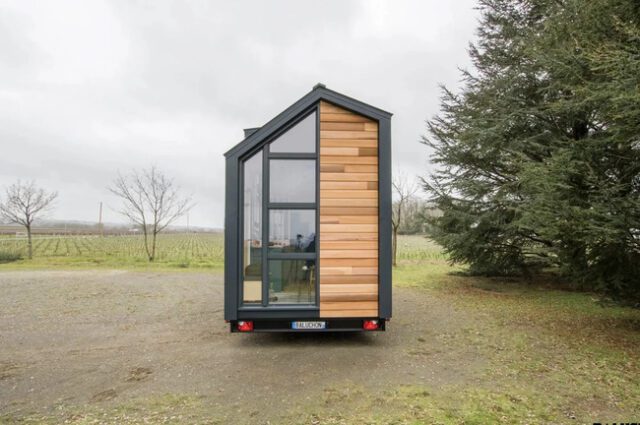
Step inside, and the Sherpa welcomes occupants with a well-designed interior that maximizes every inch of space. The living area features a convertible sofa bed for guests, cleverly integrated storage solutions, and ample natural light streaming through generous glazing. Adjacent to the living room, the basic yet functional kitchen offers essentials like a two-burner propane stove, a sink, and a compact fridge. A folding dining table efficiently utilizes space, accommodating dining needs for two while seamlessly tucking away when not in use. The bathroom, though spacious and equipped with a shower and toilet, presents a slight inconvenience with the absence of a sink, directing residents to use the kitchen for handwashing—a compromise in hygiene for the sake of space optimization. Ascending the storage-integrated staircase, residents reach the loft-style bedroom with a cozy double bed and additional storage, embracing the characteristic snugness of tiny home living with its low ceiling design. With its thoughtful layout and stylish design elements, the Sherpa embodies the allure of minimalist living without sacrificing comfort or aesthetics.
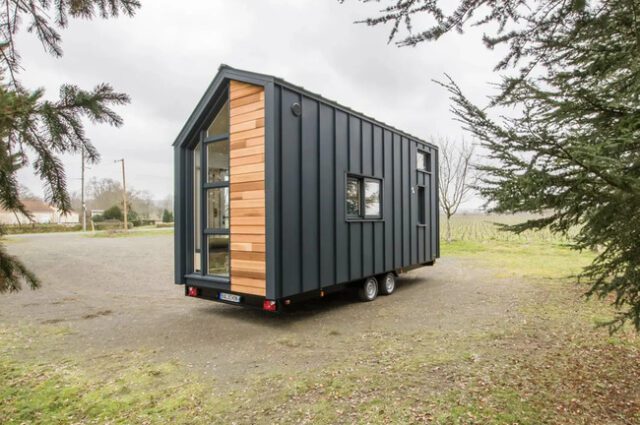
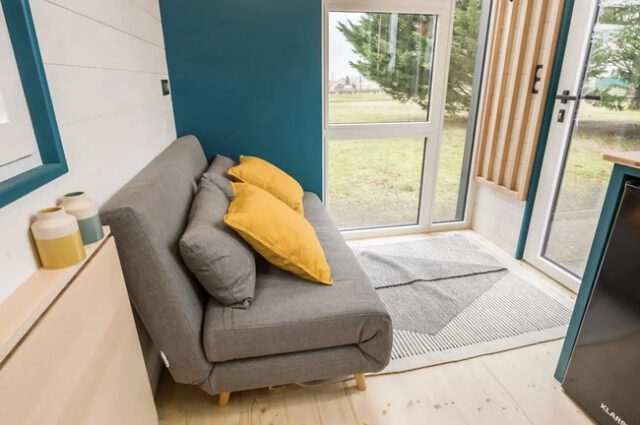
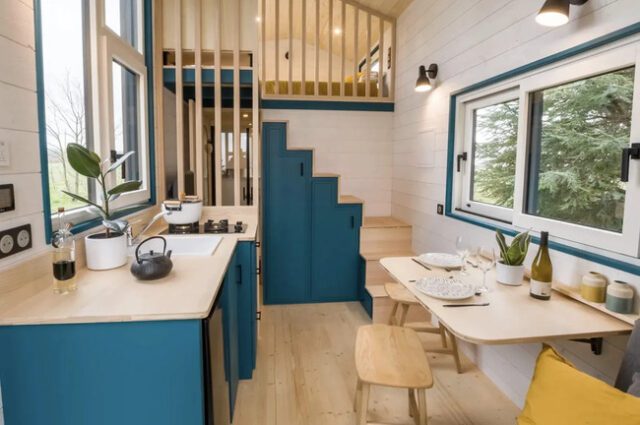

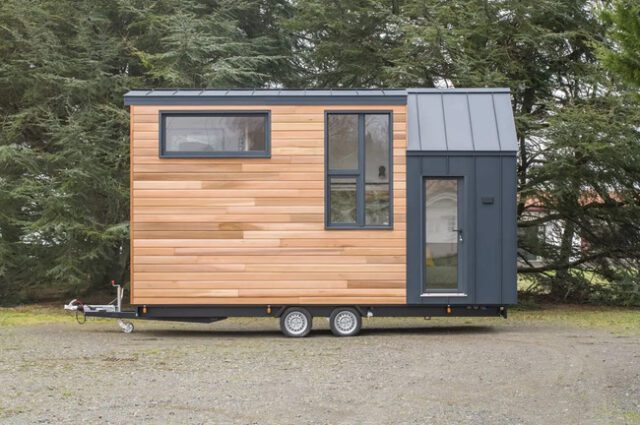


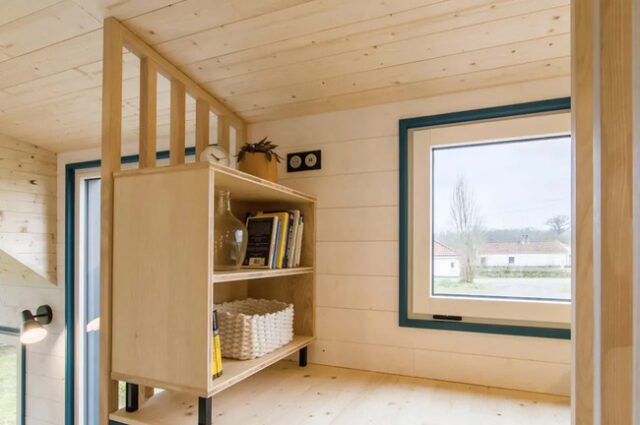


Scientists have achieved a groundbreaking milestone in the quest for extraterrestrial life by proving their ability to detect traces of life in grains of extraterrestrial ice. The long-held belief that evidence of life beyond Earth could be found within the icy realms of celestial bodies has gained substantial support with recent findings. This revelation opens a new chapter in space exploration, particularly in the search for life on moons like Europa and Enceladus, where vast oceans lurk beneath icy exteriors. With advancements in instrumentation, such as the SUrface Dust Analyzer (SUDA) aboard NASA’s Europa Clipper spacecraft, researchers anticipate a more accessible means of identifying signs of life, or its remnants, within these frozen particles ejected into space through subsurface ocean geysers.

In a pivotal study, scientists simulated droplets akin to those found on Europa and revealed the capability of instruments like SUDA to detect cellular material within minute ice grains. By selecting the single-celled bacteria, Sphingopyxis alaskensis, known for its resilience in cold, nutrient-scarce environments, researchers showcased the potential to identify even the slightest fraction of cellular material with mass spectrometry aboard spacecraft. These findings not only bolster confidence in detecting Earth-like life forms but also underscore the possibility of analogous organisms inhabiting the icy expanses of moons orbiting gas giants like Saturn and Jupiter. The imminent arrival of spacecraft equipped with cutting-edge instruments promises to unveil the mysteries concealed within these distant, icy worlds and, perhaps, provide humanity with unprecedented insights into the existence of life beyond our home planet.








































































